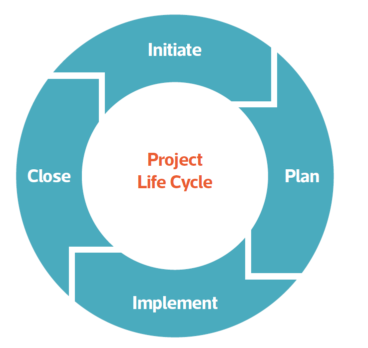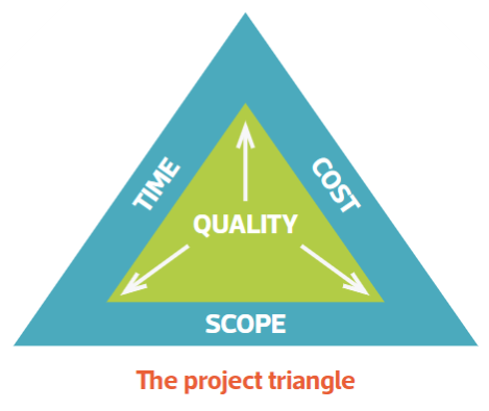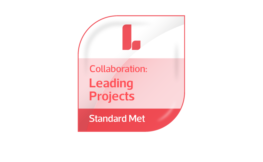What is a project?
Defined by the Project Management Institute (PMI) as ‘a temporary endeavour undertaken to create a unique product, service or result’, a project has a specific one-off purpose and is not ‘business as usual’.
That is:
“A project is temporary in that it has a defined beginning and end in time, and therefore defined scope and resources. And a project is unique in that it is not a routine operation, but a specific set of operations designed to accomplish a singular goal. So a project team often includes people who don’t usually work together – sometimes from different organizations and across multiple geographies.”
Project Management Institute (2020)
It may be intended to cover gaps in what you currently do or to address some failing in the systems or processes employed, or perhaps to explore new opportunities. Some projects are long and complex, others can be quite short and simple.
Programme and Project Management
Although the tools used for project and programme management tend to be the same or similar, a programme manager has wider responsibilities and manages multiple projects, while a project manager manages the team responsible for achieving the deliverables of a specific project.
Project Management Process

- Initiate: Establish the purpose and scale, the time frame to completion, identify final deliverables, name team members and the other resources needed.
- Plan: A detailed timeline of what will be done by when, the resources required, the costs, any quality standard specified, and clarify features of deliverables.
- Implement: Generate deliverables while tracking time, money and quality - and also be ready to respond to change.
- Close: Once deliverables are ready and of accepted standard, close the project and disband the team.
The Project Team
Complex projects are delivered by a large number of people in different roles. Some look after quality, some monitor costs, some keep track of time and others have specific roles. You may also have a project board, who oversee the project manager’s work and the progress of the project.
The project sponsor is the person who commissions others to deliver the project and champions the cause throughout the project. Finally, there are the end users, those who will use the outcomes of the project. If you are given the role of a project manager, you will be required to keep the project to schedule and within cost limits.
It will also be your responsibility to manage time and lead the team, dealing with delays and conflicts, as well as handling day-to-day delivery issues. Members of the project team may operate under a dual authority system – they report to their own line manager as well as the project manager. As the project manager, you will have to ensure that you communicate effectively with all members of the project team, their line managers if applicable and project board members, sponsors(s) and end users.
Tools and Techniques
RACI Matrix
RACI organises your project so that everyone knows what is happening by mapping out who is Responsible, Accountable, must be Consulted with, or kept Informed.

Gantt Chart
A Gannt chart is a project planning tool that schedules tasks and helps you track and monitor project progress and set priorities.
It is a visual presentation of what needs to be done, and when, and can easily be altered by the Project Manager if potential delayes are identified.
That is, the Gannt chart is a ‘live’ document to be regularly monitored and updated in response to changing circumstances.
Critical Path Analysis (CPA)
CPA identifies the sequence of scheduled key tasks that are critical to the project, and and the amount of time required for each.
The CPA is the longest path in time through the project, which will also be the shortest time possible to complete the project:
The Project Triangle

References
Bridges, J (2016). The difference between a program manager and a project manager ProjectManager.com www.projectmanager.com/training/the-difference-between-a-program-manager-and-a-project-manager
Clark, W (2010). The Gantt Chart - a working tool of management General Books LLC
Harrison, D (2012). A Secret Life of Projects Kaplan Publishing
Meredith, J R & Mantel, S J (2012). Project Management: A managerial approach John Wiley and Sons
Newton, R. (2016). Project Management: How to Plan and Manage a Highly Successful Project Pearson Education Limited
Office of Government Commerce (2009). Managing Successful Projects with Prince 2 Stationary Office Books
Office of Government Commerce (2009). Managing Successful Projects Stationary Office Books
Project Management Institute (2020). What is Project Management? www.pmi.org/about/learn-about-pmi/what-is-project-management
Are you good at leading projects? Test yourself with our Scorecard.
If you’re a member, you can test yourself on Leading Projects and see if you meet the standard.
Spotlights
Further Resources
From the Blog










